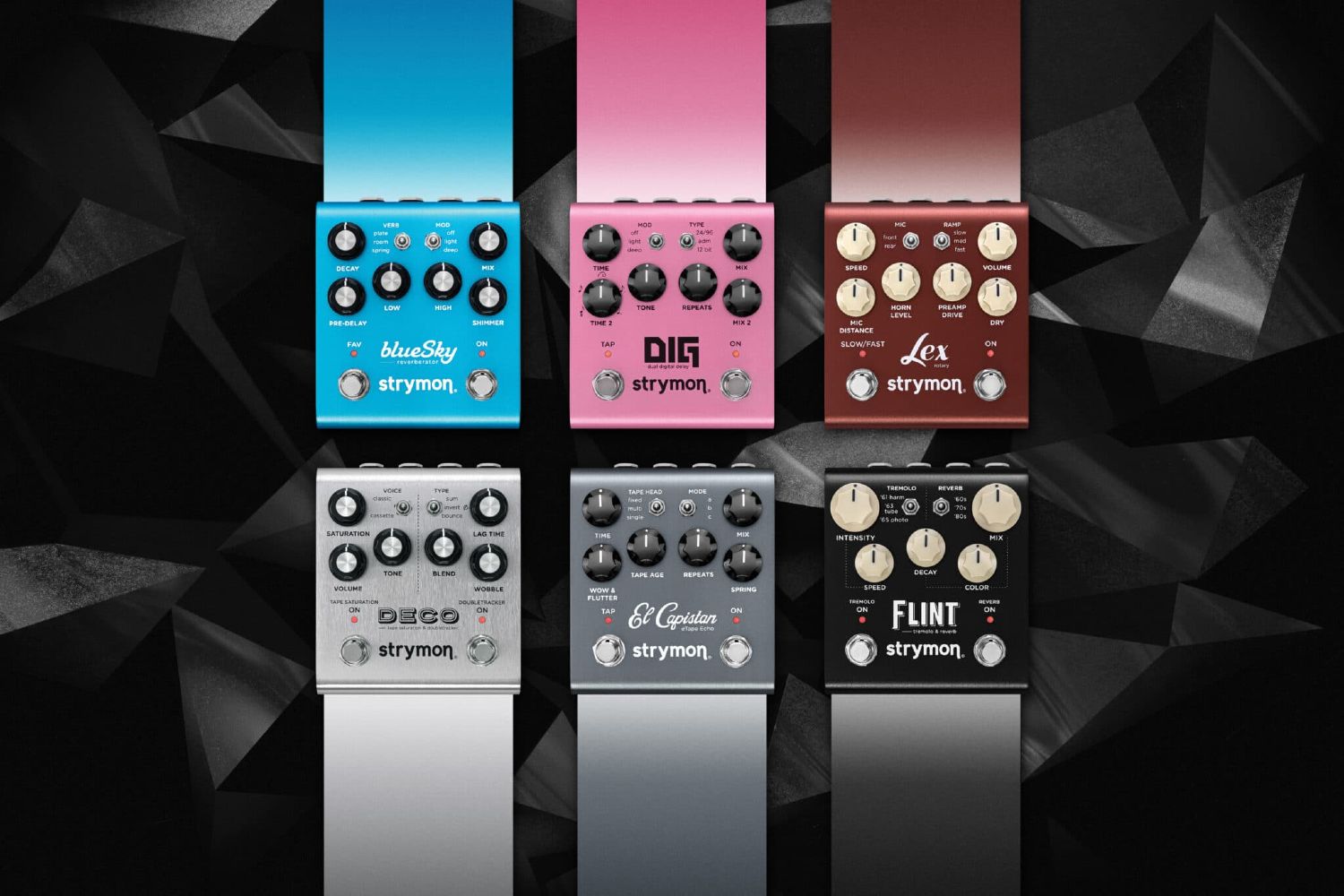Diving deep into the recently-unveiled Strymon Next Generation line of effects pedals
Strymon are one of the biggest names in pedals, and have garnered a fanbase that fervently believes in their products. Bringing the best of analogue and digital, Strymon produce digitally-controlled pedals that offer more routing, presets, and configurability than anyone else.
They rocketed to fame with the success of their BigSky, TimeLine, and Mobius pedals, before branching out into more specific sounds with the likes of the Iridum amp modeller and impulse response pedal, the Compadre dual-voice compressor and boost, and more recently, the Zelzah multidimensional phaser.
Read all the latest features, columns and more here.
What makes Strymon unique is not only their pedals featuring some super powerful DSP processing via digitally-controlled chips, but their attention to detail when recreating more analogue sounds. While being mostly digital pedals, Strymon continue to offer sounds that slide easily into existing, more analogue pedal chains. They’re a company at the top of the game – so whose coat tails are you chasing when you’re a market leader? Your own of course!
Strymon recently unveiled their Next Generation series of pedals, re-invigorating six classic pedals (and entirely necessary sounds for every guitarist), all housed in more pedal-board friendly sizes. The Next Generation series features revised versions of blueSky, Deco, DIG, El Capistan, Flint, and Lex Rotary. While the sounds that pedals like the BigSky, Timeline, and Mobius are massive, so are their footprint, and as digital processing grows, the size of their processors shrinks, allowing them to become smaller and smaller.
Across all six Next Generation pedals, Strymon now offer TRS MIDI/Expression for expressive control of parameters. This 1⁄4” jack can be used for expression, or using a MIDI Interface (such as the Strymon Conduit), you can connect to other MIDI controllers using standard MIDI cables. If you want to get super creative, you can connect it straight to your DAW to take your MIDI integration one step further. What’s more, Strymon have taken it to another level and made some of the control pots used to control effects into useable MIDI encoders, so it can all be clocked to a master to ensure optimal digital integration. The Next Generation series also features USB-C that can give and take MIDI information if you’d like to use the TRS MIDI jack for something else!
The inputs for the Strymon Next Generation pedals have been upgraded to JFET transistors, some of the best in the market for handling Hi-Z signal from your guitar and bass and ensuring converters inside the pedal are receiving optimum, healthy signal. The inputs of the pedals also now feature a mono/stereo toggle, which isn’t a new feature per se, but the ease of access of the switch on the outside is! All these features are plenty, but Strymon haven’t stopped there. Each of the six pedals individually are new and revised!
blueSky
The blueSky is Strymon’s flagship reverberator. Shimmering space to short sharp rooms, the blueSky could do it all, but the Next Generation blueSky can do it all and more. Reverbs are one thing, but the addition of a dedicated shimmer knob, mod switch, and new spring reverb algorithm allows you to create immersive, modulating, or springy sounds respectively.
Modulation can give reverb a lot of depth, especially when subtly blended, and massive upgrades to this area are a welcome addition to the blueSky.
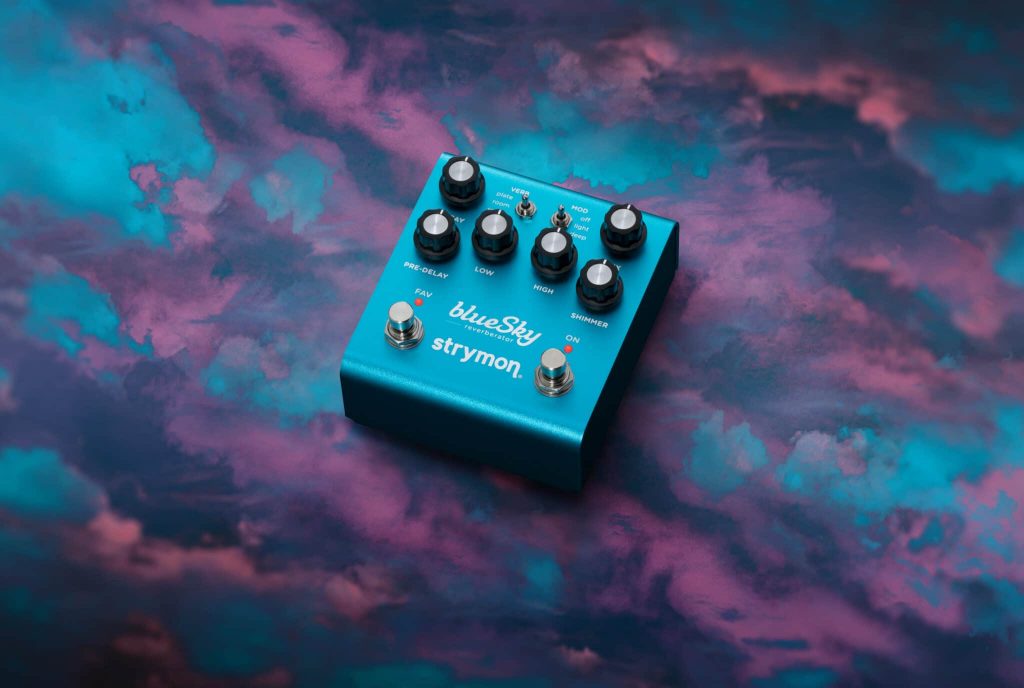
Deco
The Deco is Strymon’s dedicated saturation machine, offering super tapey crunch or subtle analogue warmth when needed. The Next Generation Deco features all the same MIDI and JFET upgrades as the whole range, meaning the Lag Deck delay can now be controlled via MIDI!
The new Deco features everything of the Classic Deco, now with a toggle-able cassette voicing that employs hard limiting to produce that classic, fat, and compressed cassette sound.
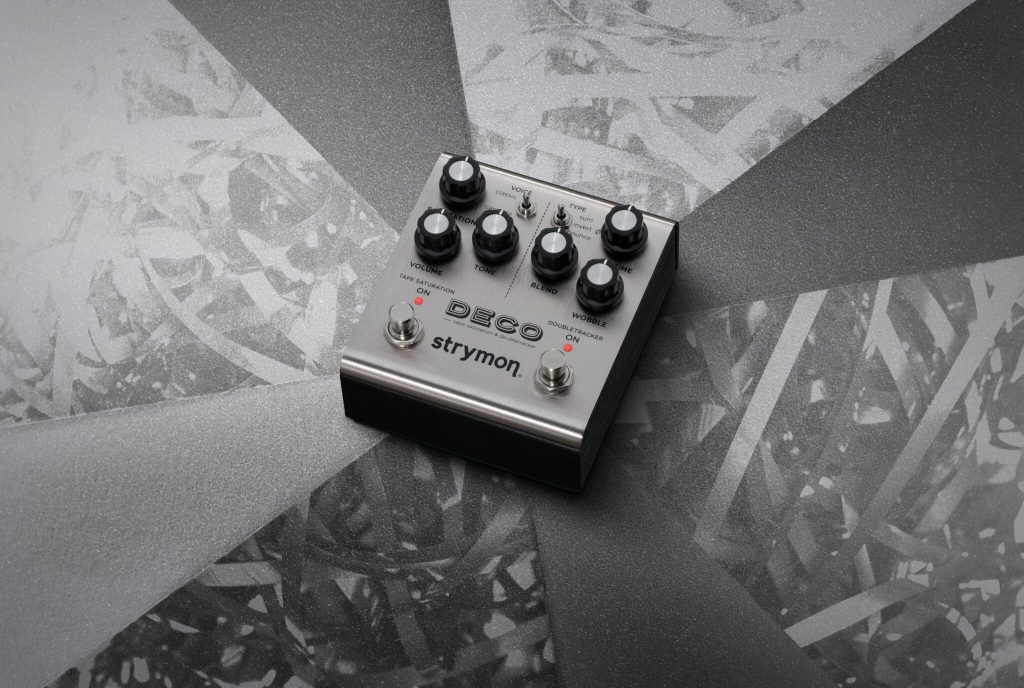
DIG
Pretty in pink is the DIG, a dual digital delay pedal. Stereo inputs and outputs are a welcome addition to any delay, as are MIDI-controllable delay times and other settings.
The new DIG features a tone knob to brighten or darken your echoes, leaving your original sound untouched.
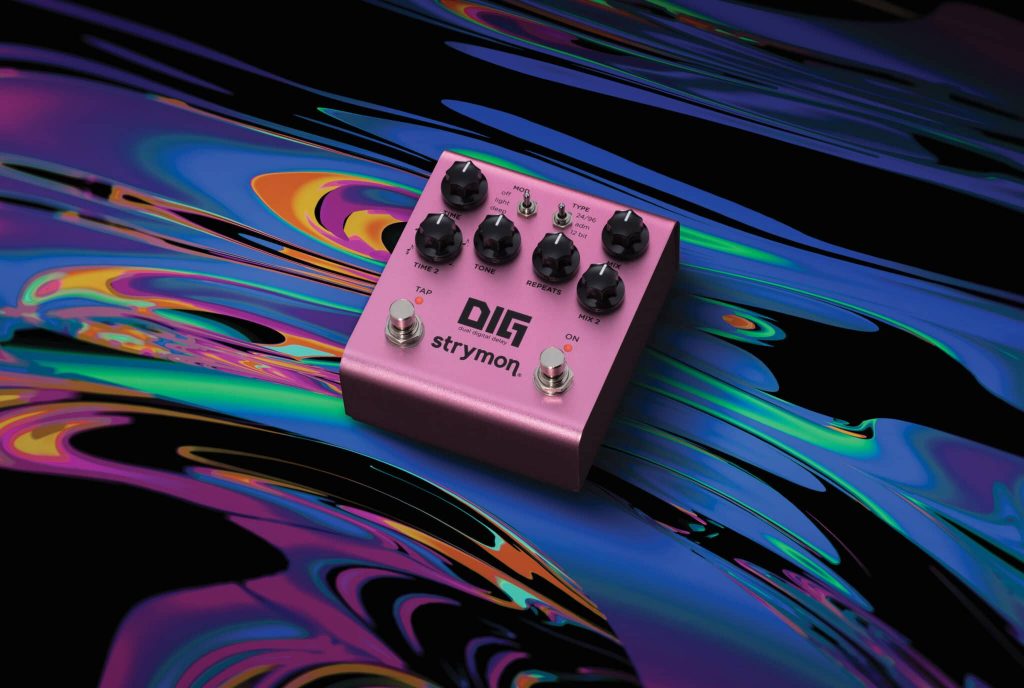
El Capistan
The El Capistan has been handling tape echo for some time, one of the most creative and misunderstood sounds in guitar. Something about the saturation of tape echo works for guitar, and now the El Capistan works for you!
The El Capistan now features a dedicated spring reverb to blend as you choose, offering a little more space post-delay, along with all the hardware features and upgrades of the rest of the range!
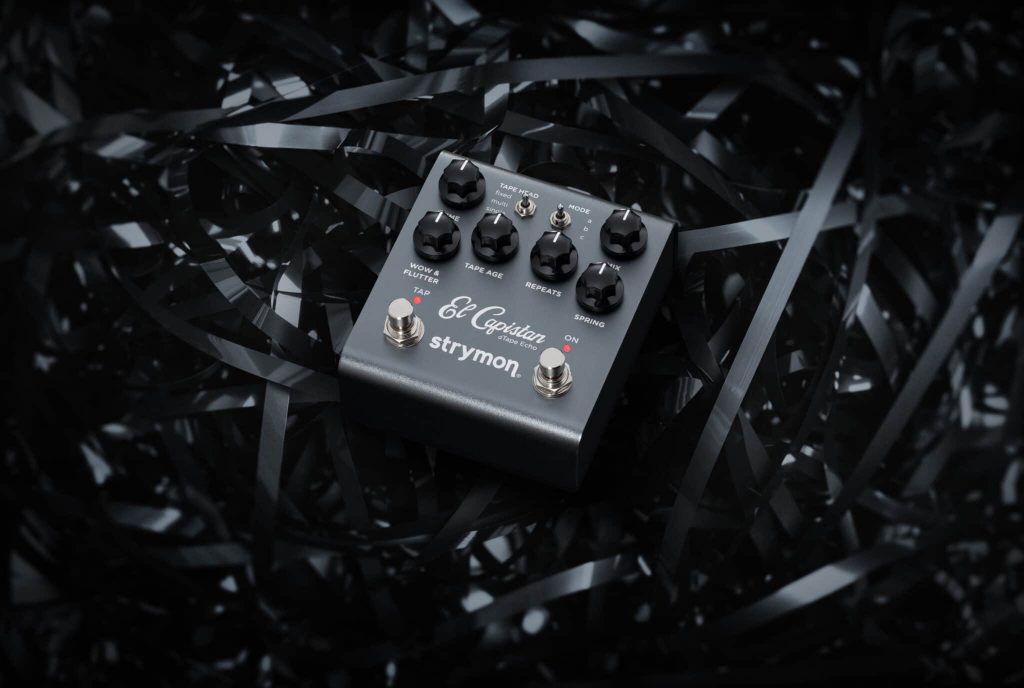
Flint
When discussing guitar effects, it’s difficult to move past tremolo, and the Flint has been Strymon’s tremolo manager for a little while now!
The Next Generation Flint’s controls are all MIDI-controllable, including the speed knob which can now be set down to 1Hz, offering super slow tremolo.
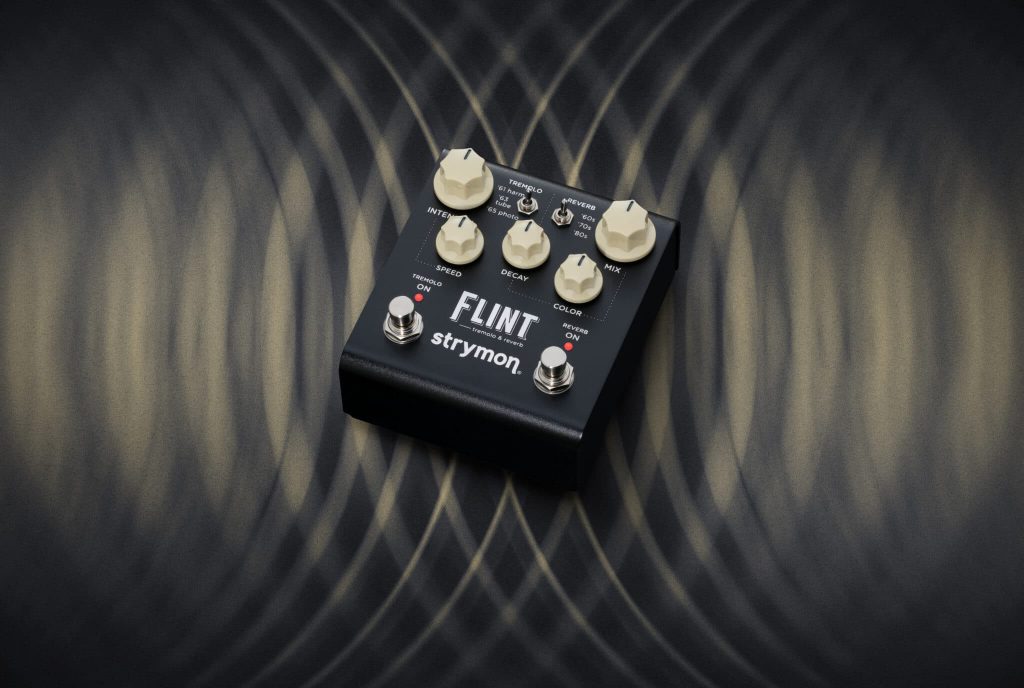
Lex Rotary
Electric guitarists have been plugging into Lesley speakers for as long as we’ve been strumming those single-coils, so for those of us who can’t afford a real Lesley, Strymon offer the Lex Rotary Rotating Speaker Pedal.
Warbly, modulated sounds that are unlike anything else now offer enhanced control over the ‘mic’ position, rotary speed, dry level, and more, all thanks to the ARM DSP chip.
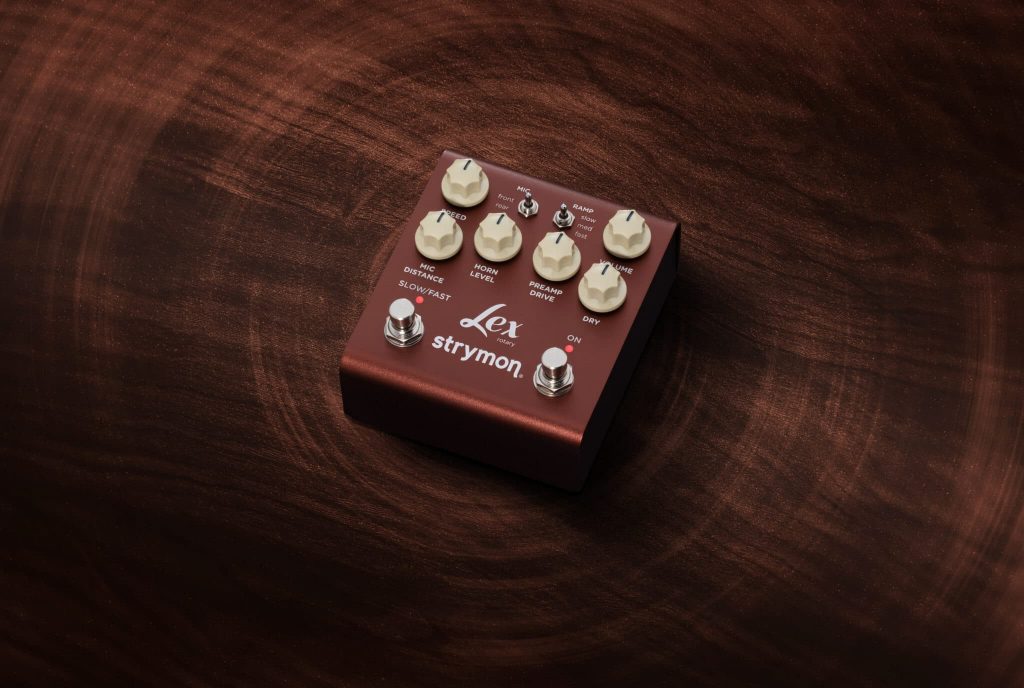
Strymon are at the top of their game, and will continue to be for the next generation of pedal users. They’ve revised their own unique designs , simultaneously simplifying and refining the routing and control options, giving us simplified connectivity while broadening our tonal horizons.
Head to Strymon for more information. For local enquiries, reach out to Amber Technology.
